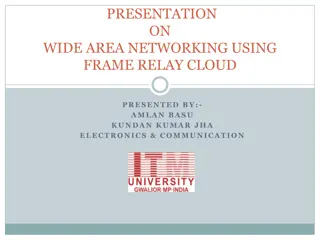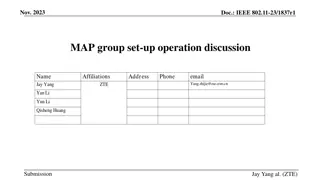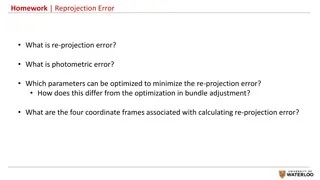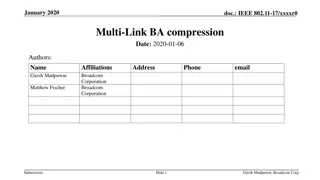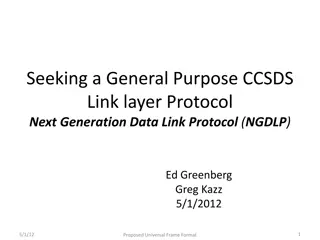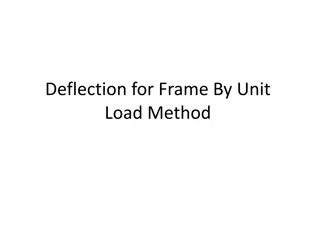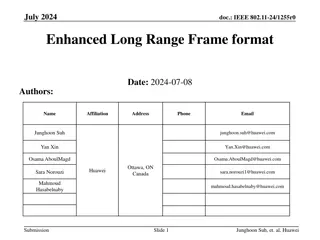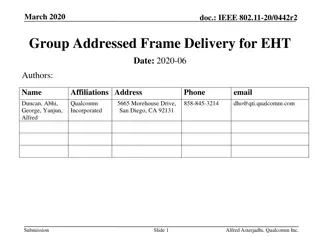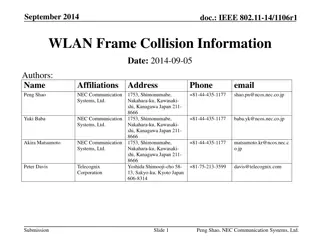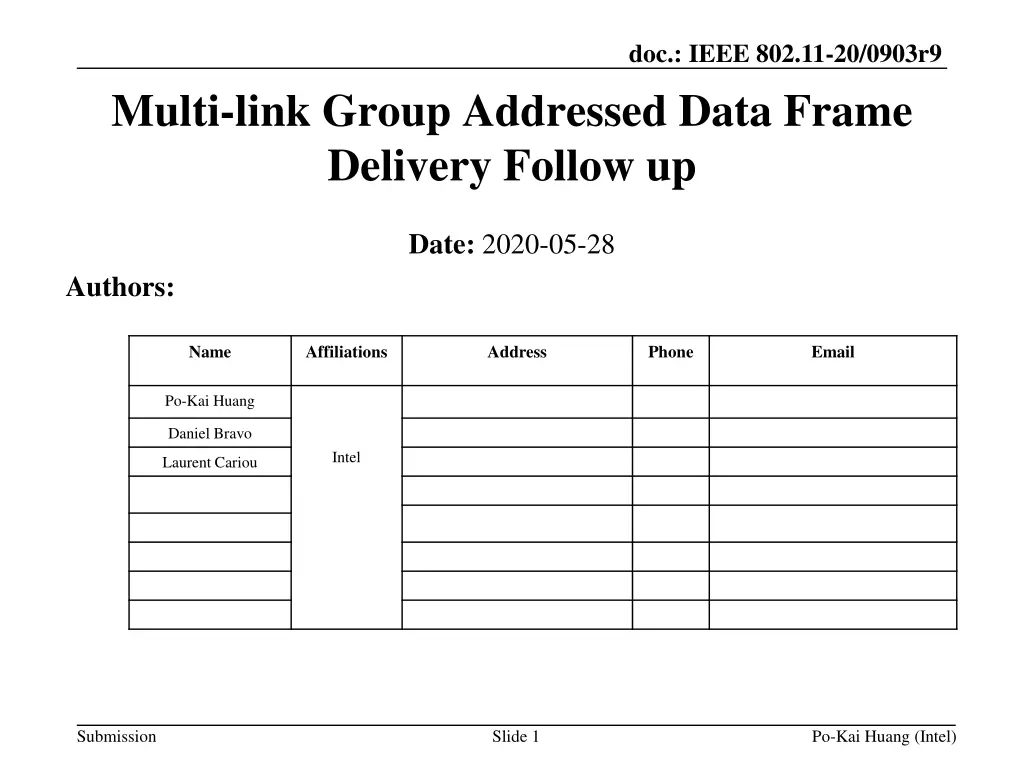
IEEE 802.11-20/0903r9 Multi-link Group Addressed Data Frame Delivery
Explore the challenges and solutions for group addressed data frame delivery in IEEE 802.11-20/0903r9, focusing on non-AP MLD behavior, avoiding missed frames, and enhancing data transmission efficiency.
Download Presentation

Please find below an Image/Link to download the presentation.
The content on the website is provided AS IS for your information and personal use only. It may not be sold, licensed, or shared on other websites without obtaining consent from the author. If you encounter any issues during the download, it is possible that the publisher has removed the file from their server.
You are allowed to download the files provided on this website for personal or commercial use, subject to the condition that they are used lawfully. All files are the property of their respective owners.
The content on the website is provided AS IS for your information and personal use only. It may not be sold, licensed, or shared on other websites without obtaining consent from the author.
E N D
Presentation Transcript
doc.: IEEE 802.11-20/0903r9 Multi-link Group Addressed Data Frame Delivery Follow up Date: 2020-05-28 Authors: Name Affiliations Address Phone Email Po-Kai Huang Daniel Bravo Intel Laurent Cariou Submission Slide 1 Po-Kai Huang (Intel)
doc.: IEEE 802.11-20/0903r9 Background We have discussed the miss and duplicate group addressed data frame problem when switching the selected link to receive group addressed data frame in the past Note that there are strong opinions that this has to be achieved without the need of non-AP MLD to indicate the selected link to receive group addressed data frame to AP MLD We provide a follow up in attempt to close the topic Submission Slide 2 Po-Kai Huang (Intel)
doc.: IEEE 802.11-20/0903r9 Basic non-AP MLD behavior for receiving group addressed frame Non-AP MLD can choose not to receive group addressed data frame This is an extension from the existing spec that ReceiveDTIM can be false If non-AP MLD chooses to receive group addressed data frame, then A non-AP MLD shall follow the baseline rules to receive the group addressed data frames on one link selected by the non-AP MLD The non-AP MLD may change the selected link to receive group addressed data frame at any time except during an ongoing group addressed delivery period AP MLD duplicates a group addressed data frame that is expected to be received by the non-AP MLD and schedules for transmission in all the setup links with the non- AP MLD TBD for the proposal that a non-AP MLD indicates the selected link to the AP MLD Submission Slide 3 Po-Kai Huang (Intel)
doc.: IEEE 802.11-20/0903r9 Condition to Avoid Miss Group addressed data frame Under the condition that AP MLD will duplicate group addressed data frame if non-AP MLD does not indicate the selected link to receive group addressed data frame Based on this condition, non-AP MLD can avoid missing group addressed data frame if non-AP MLD switching the link right after seeing AP of the selected link indicates there is no buffered group addressed data The indication is provided by AID 0 in TIM or corresponding group addressed bit under multiple BSSID The indication is also provided by more data bit in group addressed data frame Proposal: Non-AP MLD should switch the selected link to receive group addressed data frame right after seeing the corresponding AP of the link indicates there is no buffered group addressed BUs to avoid missing reception of group addressed data frame Submission Slide 4 Po-Kai Huang (Intel)
doc.: IEEE 802.11-20/0903r9 Example TIM bit 0 =0 DTIM DTIM Change link to receive group addressed data frame and there will be no miss Submission Slide 5 Po-Kai Huang (Intel)
doc.: IEEE 802.11-20/0903r9 Condition to avoid duplicate Group addressed data frame There are opinions that avoiding group addressed data frame cannot be ignored Under the condition that we follow the baseline and switch after the end of group addressed data delivery period, duplicate in a different link only happens if there are duplicate group addressed data (if any) to be transmitted at that point in the different link Proposal: each AP affiliated with an AP MLD indicates if other APs affiliated with the same AP MLD has buffered group addressed data frames that are duplicated across links If a non-AP MLD wants to switch the selected link to receive group addressed data frame, the non-AP MLD should switch the selected link if the AP corresponding to another link does not have buffered group addressed data that are duplicate across links to avoid duplicate reception of group addressed data frame Submission Slide 6 Po-Kai Huang (Intel)
doc.: IEEE 802.11-20/0903r9 Example Indicate another link does not have buffered group addressed data that are duplicate across links DTIM DTIM Change link to receive group addressed data frame and there will be no duplicate Submission Slide 7 Po-Kai Huang (Intel)
doc.: IEEE 802.11-20/0903r9 Conclusion We discuss the basic operation of non-AP MLD to receive group addressed data frame We discuss the miss and duplicate solution for receiving group addressed data frame We propose that a non-AP MLD switches the link to receive group addressed data frame right after seeing the indication of no buffered group addressed BUs to avoid missing group addressed data frame We propose that an AP indicates if other APs in the same AP MLD has buffered duplicate group addressed data frame to be delivered, and a non-AP MLD switches the link to receive group addressed data frame right after seeing another link without buffered duplicate group addressed data frame to avoid duplicate group addressed data frame Submission Slide 8 Po-Kai Huang (Intel)
doc.: IEEE 802.11-20/0903r9 SP #1 Do you support the following in R1? If a non-AP MLD intends to receive group addressed data frame, the non-AP MLD shall follow the baseline rules to receive the group address data frames on any one link that the non-AP MLD selects to receive group addressed data frames. A group addressed data frame that is expected to be received by the non-AP MLD shall be scheduled for transmission in all the links setup with the non-AP MLD. Motion 144, #SP327 Submission Slide 9 Po-Kai Huang (Intel)
doc.: IEEE 802.11-20/0903r9 SP #2 Do you support that in R1, if a non-AP MLD intends to receive group-addressed frames and intends to switch the selected link to receive group addressed data frame, the non-AP MLD should switch right after seeing the corresponding AP of the current selected link indicates there is no buffered group addressed BUs for the corresponding AP to avoid missing reception of group addressed data frame? Submission Slide 10 Po-Kai Huang (Intel)
doc.: IEEE 802.11-20/0903r9 SP #3 Do you support that in R1, if a non-AP MLD intends to receive group-addressed frames and intends to switch the selected link to receive group addressed data frame, the non-AP MLD should switch if the indication in DTIM Beacon of the corresponding AP of the of the current selected link indicates the AP corresponding to another link does not have buffered group addressed frames to avoid duplicate reception of group addressed data frame? Submission Slide 11 Po-Kai Huang (Intel)





